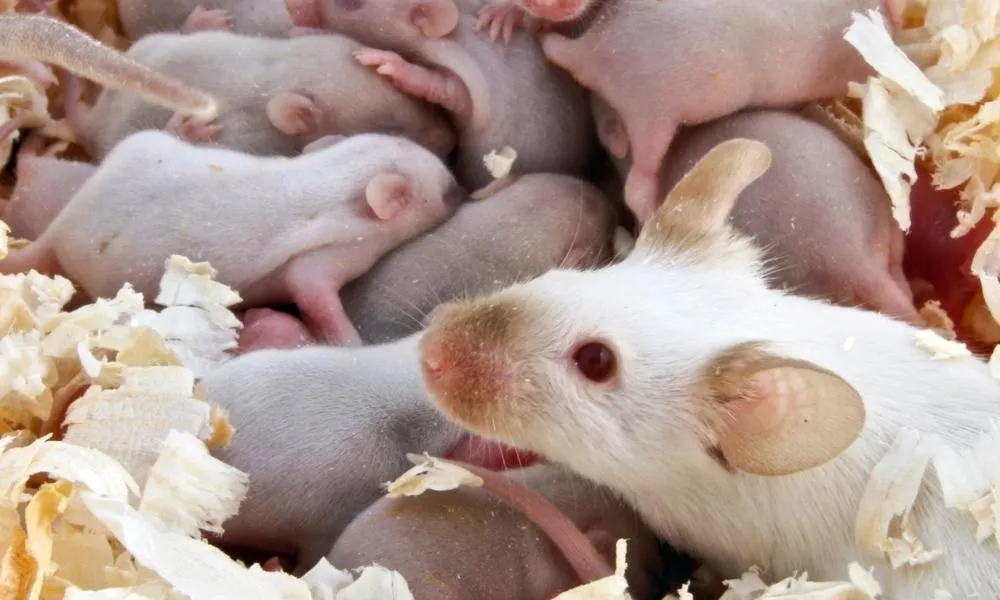If your home is infested with wild mice, it’s very tempting to call pest control. So let’s say they spray chemicals on a mouse’s nest.
Will a wild mouse move its babies away?
Here’s what I found out –
Yes, Mice are excellent moms. She will move her babies if the nest is no longer safe. In fact, they often stay & move with them until they have grown up.
Once they have grown up, the baby mice will move out of their nest. Eventually, the baby mice will build their own homes.
Now that you’re aware that wild mice move their babies, you might be interested in how they manage it.
Table of Contents
How Do Mice Move Their Babies?
Mother mice do not move their babies until they are old enough. They wait for their babies to grow old so they can thrive on their own.
In some cases, the mother might leave her nest with her babies if she feels unsafe or threatened.
A newborn mouse is naked, blind, and deaf. To survive, they are entirely dependent on their mother.
During their initial days, they spend most of their time curled up next to their mothers.
The babies cling to the mother mouse’s fur if she is forced to move the nest. Mother mice carry their kids on their backs.
They frequently fall off, in which case they emit high-pitched distress sounds. The mothers are prompted by this to return and find their lost children.
Sometimes, a mother carries her young by holding onto their skin with her mouth. When carried, the young adopt a compact position and draw their hind legs close to their bodies.
You now know that mice mothers will relocate their young if they find it necessary. But where do they move them?
Where Does A Mother Mouse Move Her Babies?
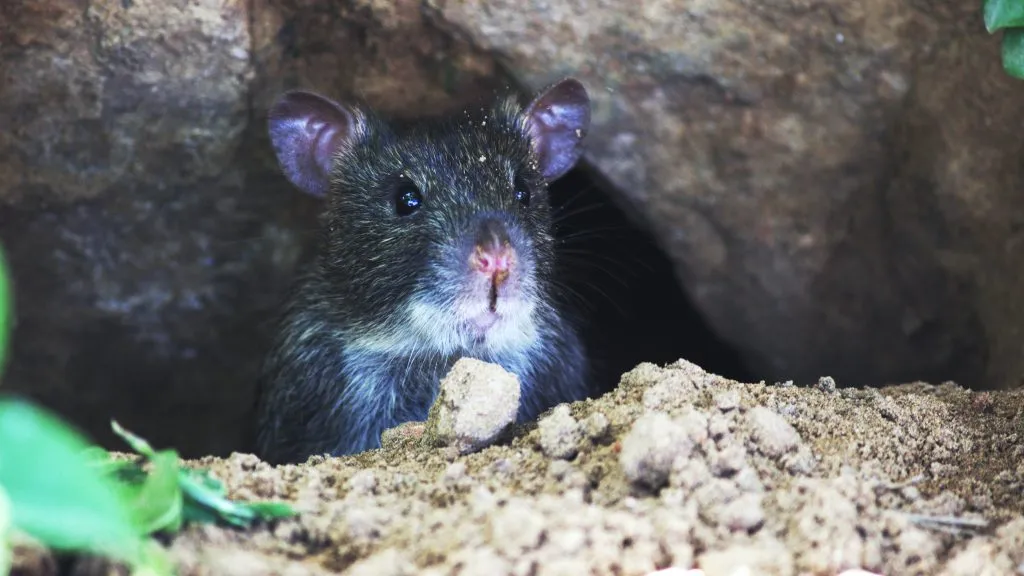
A mother mouse moves her babies to mouse nests or burrows. Burrows are usually built in the subsurface or underground locations.
Mice use grass, twigs, hay, bark, and leaves to build their nests. In addition, they can pick whatever place they can dig into, such as shrubs or long grass.
This process is called “maternal nesting”. It helps mother mice protect their upcoming offspring.
Maternal nesting involves collecting bedding materials and bringing them to the nest. Then these materials are used to make a little nest that will eventually house the pups.
The bedding is made of grass, twigs, hay, bark, and leaves. They offer the warmth and comfort the mouse needs when she is pregnant. They also keep the infants comfy and warm.
A mother will relocate her babies to a more secure area if she feels that her nest is threatened.
The best places for mice mothers to make their nests are in the dark, remote, and close to food supplies.
The mother will leave if her nest has been disturbed, attacked, or uncovered. She will build a new nest somewhere safer, preferably close to the first one.
When Do Baby Mice Leave Their Nest?
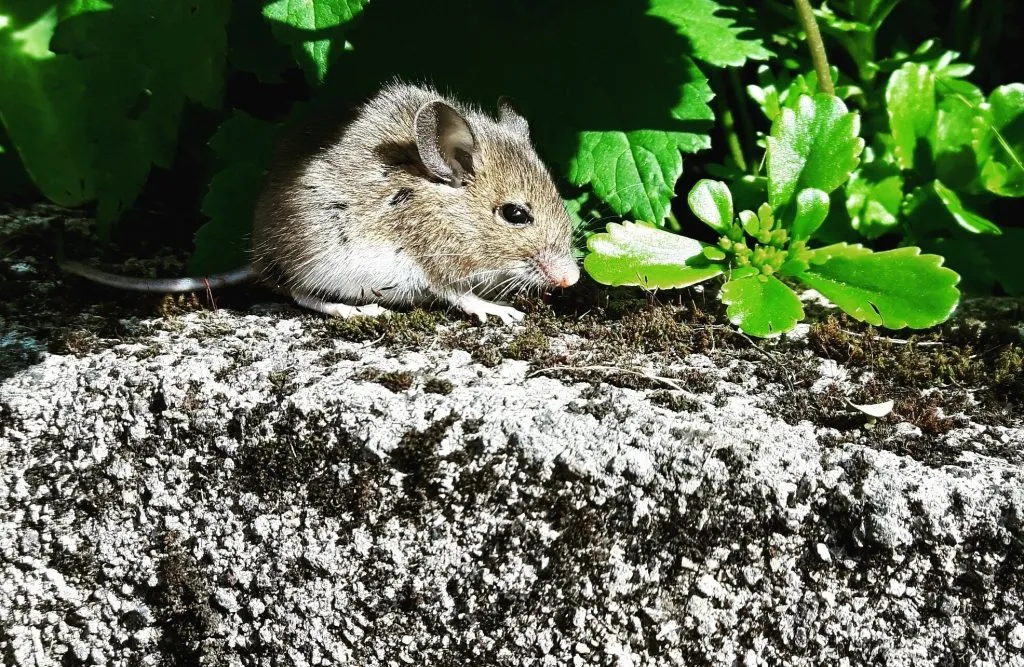
Mice pups grow very quickly. The babies grow fur just after six days of birth.
They also start moving and making noise. However, they don’t leave their nest until they are old enough to locate a new place to live. And that doesn’t happen until 18 to 20 days after their birth.
Did You Know?
Male mice usually abandon their nests in search of food and a new home. When the young mice are mature enough, their mother can also move them.
Female mice can reproduce when they are just six weeks old. Thus, a few weeks after their birth, they begin the breeding cycle by having pups.
However, if their nest is threatened, the baby mice can be forced to leave their nests early.
As you can see, a baby mouse matures quickly. So, do you think it will be able to survive long enough without its mother?
How Long Can Baby Mice Live Without Their Mother?
A newborn mouse is blind, deaf, and naked. Because of this, baby mice
are unable to survive on their own.
In fact, the infant is totally dependent on its mother for nutrition, milk, and eve
for urinating and pooping.
Slightly mature infants might survive without their mothers. But their survival
rate is very low.
Their muscles have not yet grown to the point where they can move. In such
situations, the babies become trapped in their nests and starve to death.
On the other hand, pups abandoned at about three weeks have some survival
rates. Up until then, they develop sensory organs and muscles.
They start to have some foraging ability. This means they start searching
for food. Thus, there may be a chance for these infants to live without their mothers.
After this age, babies who become orphans adapt well without their mothers.
They have developed since then and are almost in adulthood.
Will A Mother Mouse Come Back For Its Disturbed Nest?
As long as her babies are in the nest, it will.
Female mice are known to be the best mothers among all animal species. Even more so than humans, they will stop at nothing to protect their young.
A mother mouse can completely depart her nest if it has been disturbed. She will return for her babies, though, if they are still within.
When a mother mouse departs from her nest, she leaves her smell behind. Mice have an acute sense of smell, so they can easily trace their smell back to the nest.
Moreover, mice have an excellent sense of direction. They can quickly navigate their way back to their nests and even get around obstructions.
So what should you do if you ever come upon a baby mouse?
What To Do If You Find A Baby Mouse?
Try to get the mother and child back together first. If not, alternative possibilities are available.
Check out the 3 options as we move forward.
1. Reunite the Baby Mouse With Its Mother
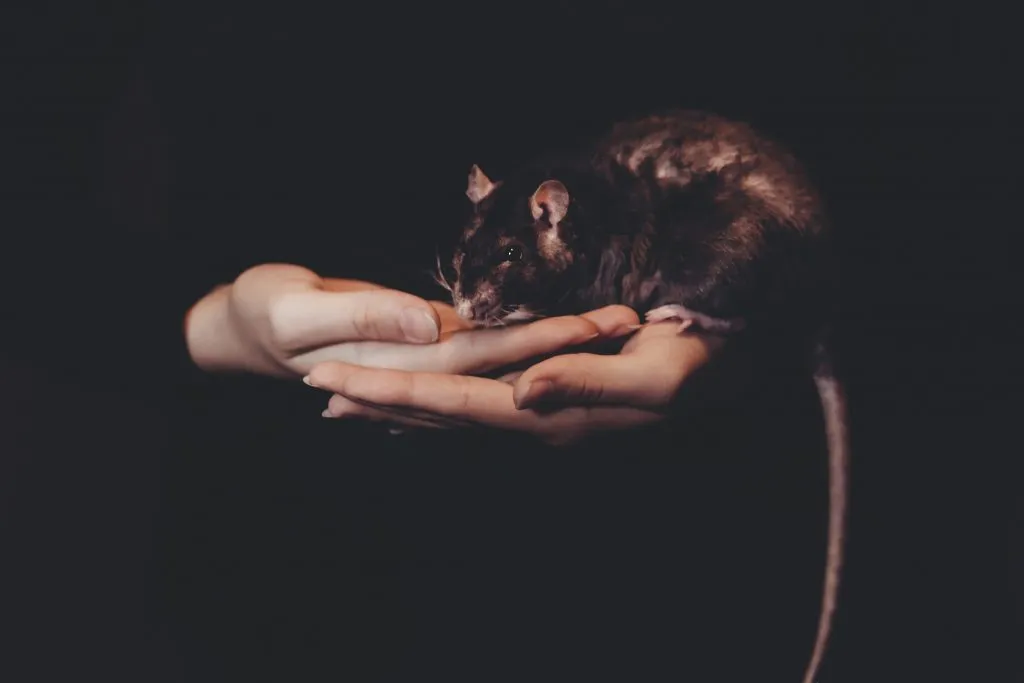
You should always make an effort to reunite the young mouse with its mother. Being the best mother, a mouse mom will never give up looking for her child.
Keep your distance if you find a young mouse in a nest. Let the mother come and take the pup to a safer area.
Mice moms typically return to their abandoned nests to collect their babies when given the chance.
Sometimes, nest disturbances might terrify the mother and force her to completely abandon her nest.
In this case, you have the choice between the other two possibilities.
2. Consult a Professional
Since the mouse pup is now orphaned, it is best to get in touch with a wildlife rehabilitation center. A baby mouse is very weak and delicate.
Therefore, it would be best to avoid attempting to feed it because it would suffocate. Instead, you can consult a professional or speak with a veterinarian.
3. Adoption
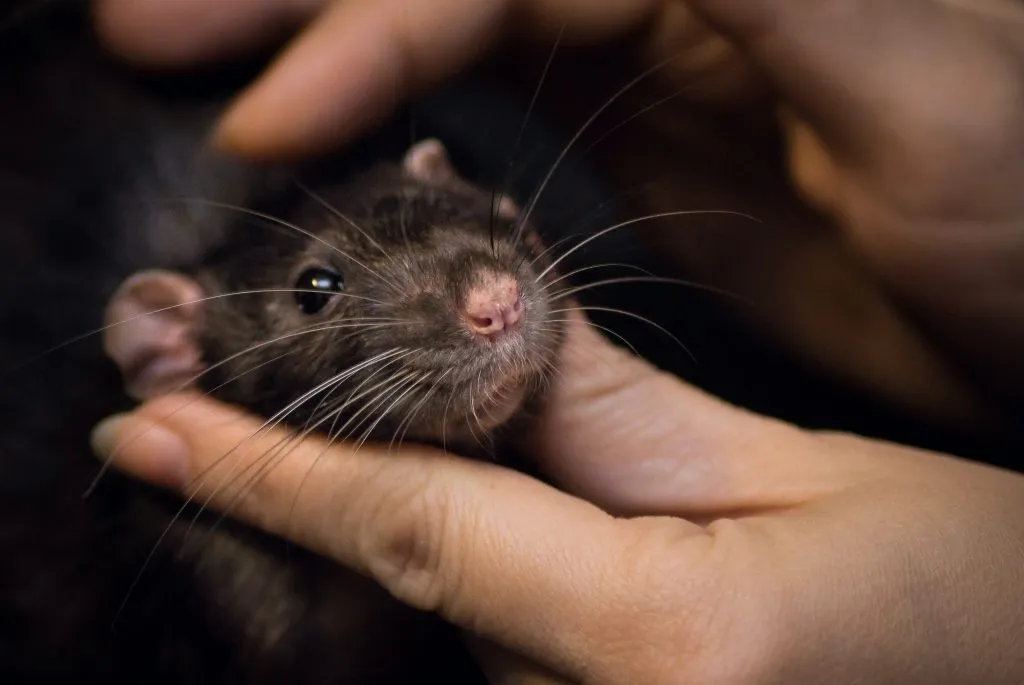
You can always decide to take this tiny creature with you to rescue them. You might find it hard to believe, but these adorable tiny animals make wonderful pets.
But make sure they are handled gently. Ensure that the infants remain in a warm, dark environment. Heat pads and warm cooked rice-filled bottles are additional options.
They would require feeding through tiny syringes. In order to urinate and defecate, they would also need assistance.
Due to the fact that these are wild mice, not many people consider adopting them. Therefore, a person’s instincts will always determine what to do with a baby mouse.
Final Thoughts
Wild mice do move their young for two main reasons:
- The babies are old enough to live on their own.
- She thinks their nest is no longer secure.
In such situations, the mother returns for her pups even after leaving her nest. She might choose to remain there or take the babies somewhere.
Next time I see them, I might consider how fortunate my friend’s mice are to be domesticated. Else they might have met the same fate as their wild counterparts.
Want to know more about mice? Don’t forget to read Do Mice Carry Rabies to update your knowledge on mice!
